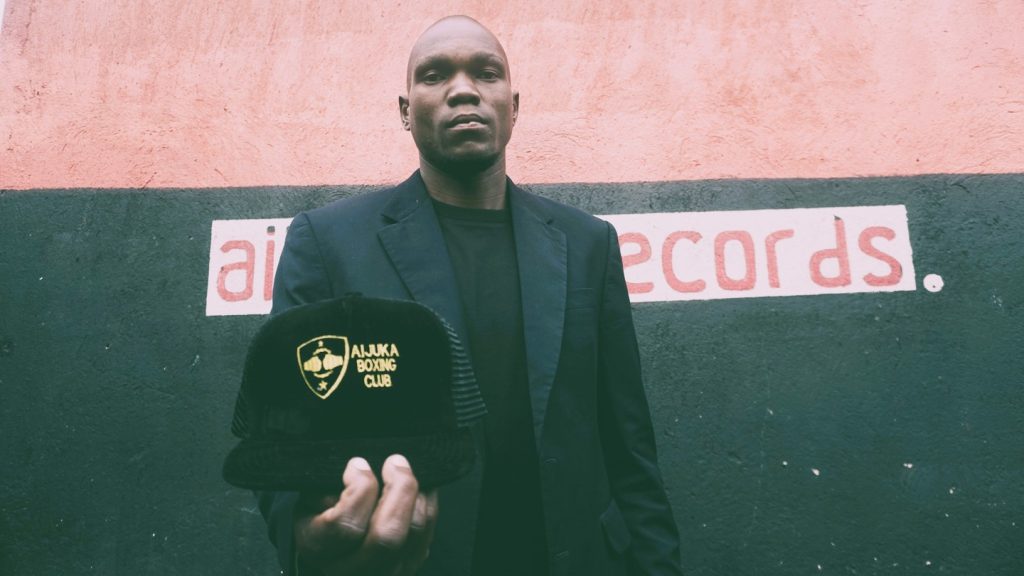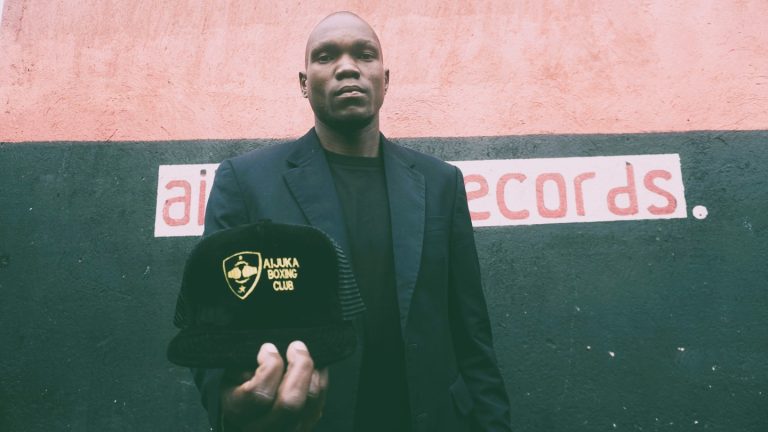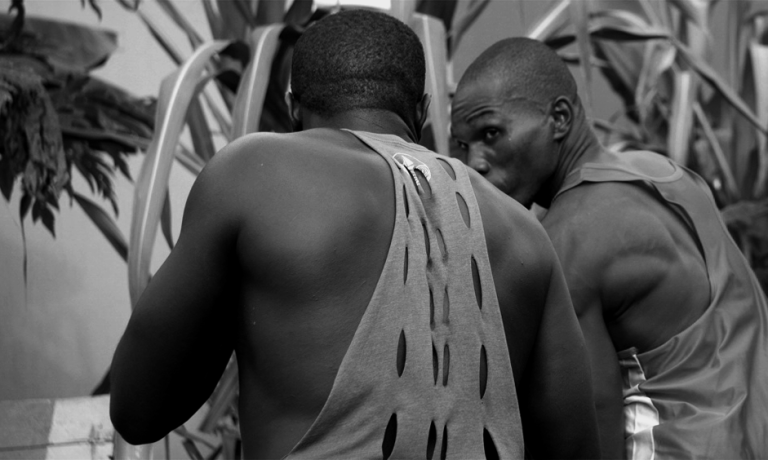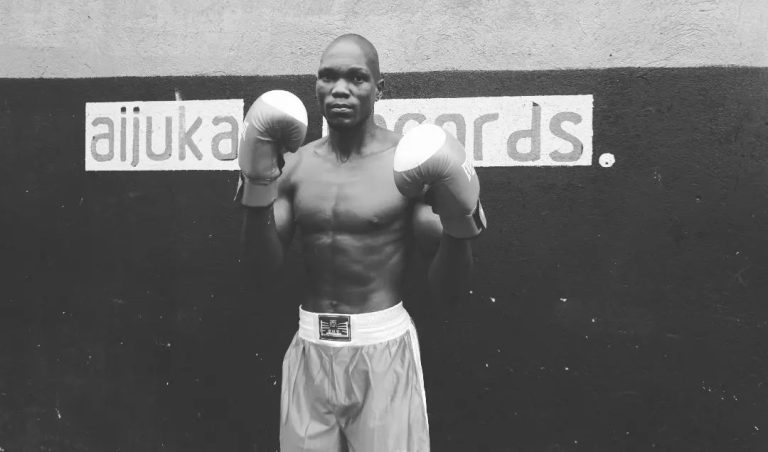Boxing is one of the oldest and most popular combat sports in the world. It involves two opponents who wear gloves and try to punch each other in a ring, following a set of rules and regulations. Boxing can be practiced for fitness, self-defense, or competition, and it offers many benefits for physical and mental health. In this blog post, we will explore the history, rules, techniques, equipment, and benefits of boxing as a sport.
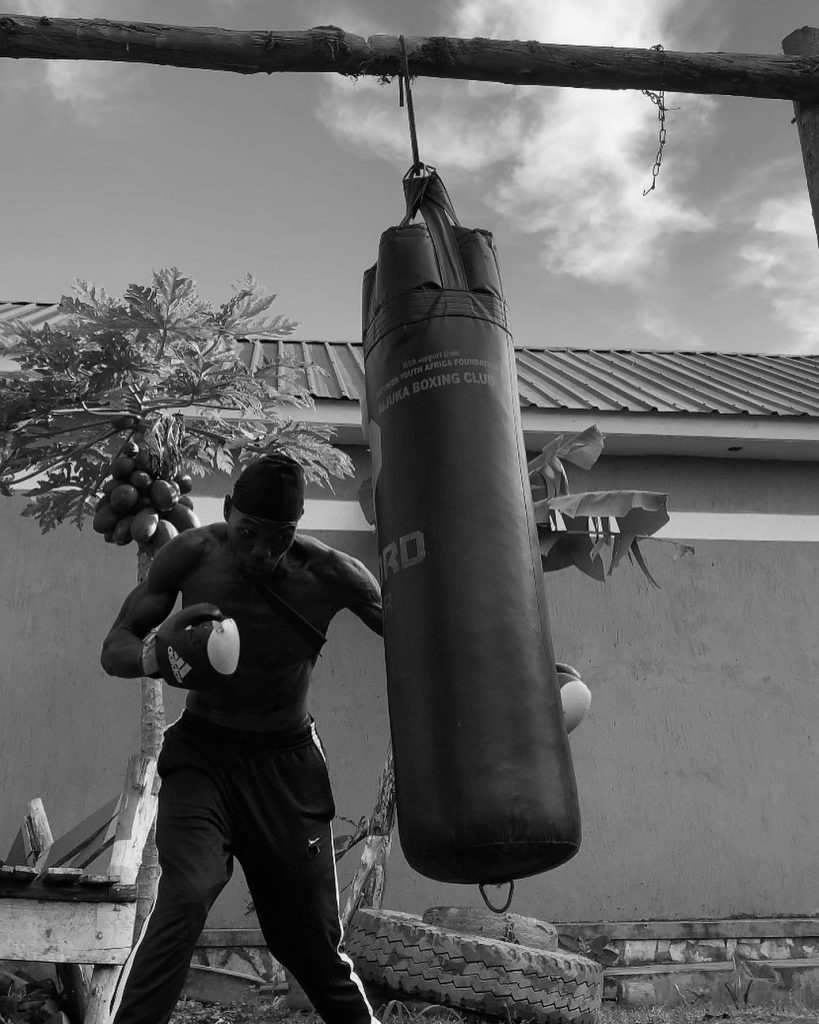
History of Boxing
Boxing dates back to ancient times, when it was practiced as a form of entertainment or ritual combat in various cultures. The earliest evidence of boxing comes from Egypt, around 3000 BC, where paintings depict fist-fighting with wrapped hands. Boxing was also popular in ancient Greece and Rome, where it was part of the Olympic Games and the gladiator fights. However, boxing was often brutal and bloody, with no gloves or rules to protect the fighters.
Boxing declined in popularity after the fall of the Roman Empire, but it resurfaced in England in the 17th century, where it became known as bare-knuckle boxing or prizefighting. The first documented boxing match took place in 1681, between James Figg and Ned Sutton. Figg is considered the first English champion of boxing, and he opened a school to teach the sport to others. Bare-knuckle boxing was still very violent and dangerous, with fights lasting for hours and sometimes ending in death.

In 1743, Jack Broughton, a former champion of bare-knuckle boxing, introduced the first set of rules to regulate the sport. The Broughton’s rules banned hitting below the belt, gouging, biting, and holding the ropes. They also introduced the concept of a knockdown, where a fighter who falls to the ground has 30 seconds to get up or lose the match. The Broughton’s rules were later revised and improved by other boxing pioneers, such as John Graham Chambers and John Sholto Douglas, who created the Marquess of Queensberry rules in 1867. These rules are still used today, with some modifications.
The Marquess of Queensberry rules established the use of padded gloves, the duration of rounds (three minutes), the number of rounds (up to 12), and the scoring system (based on points). They also defined what constitutes a foul, such as hitting with an open glove, clinching, or hitting after the bell. The Marquess of Queensberry rules made boxing safer and more civilized, and they paved the way for the development of modern boxing.
Modern Boxing;
Modern boxing is divided into two main categories: amateur and professional. Amateur boxing is governed by the International Boxing Association (AIBA), which oversees the Olympic Games and other international competitions. Amateur boxers wear protective headgear and vests, and they compete in different weight classes (from 46 kg to over 91 kg). Amateur boxing matches consist of three rounds of three minutes each, and they are judged by five officials who award points based on the number and quality of punches landed.
Professional boxing is regulated by various organizations that sanction titles and rankings for different weight classes (from 47 kg to over 90 kg). Professional boxers do not wear headgear or vests, and they can fight for longer rounds (up to 12) and matches (up to 36 minutes). Professional boxing matches are judged by three officials who score each round based on effective aggression, defense, ring generalship, and clean hits. Professional boxing is more lucrative and prestigious than amateur boxing, but it also involves more risks and controversies.
Techniques of Boxing:
Boxing is a complex sport that requires skill, strategy, speed, power, endurance,


